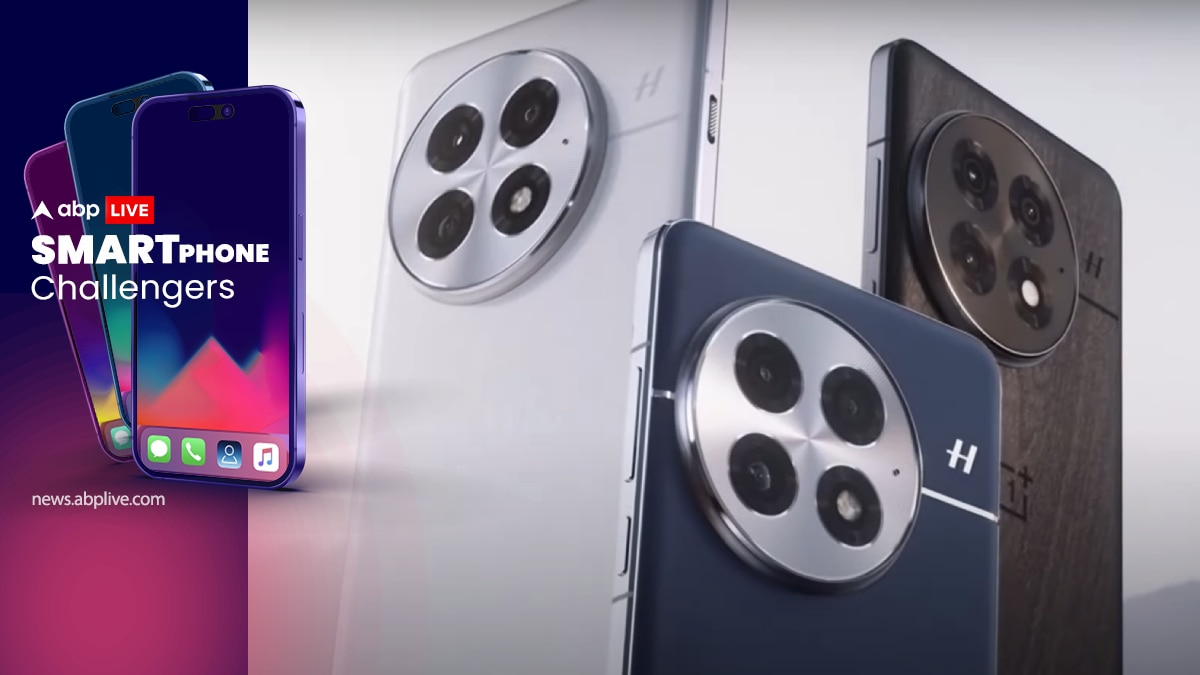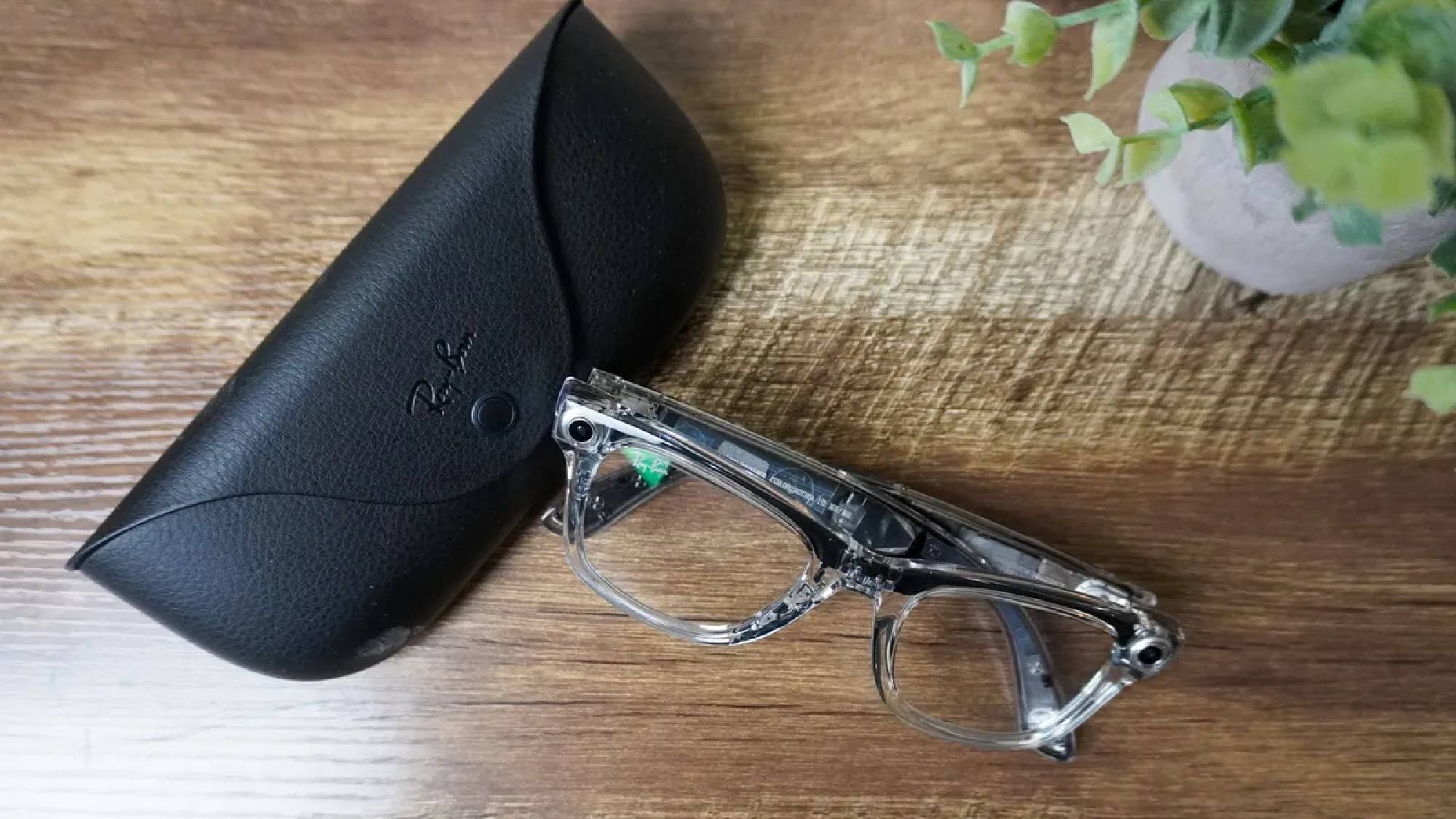
OnePlus 13 Challengers: It started out as a brand known for its flagship slaying skills, but after years of just hovering around and threatening it, OnePlus has now entered the pure premium zone. And its latest offering in this space is the OnePlus 13. Launched recently in China, the OnePlus 13, features best-in-line specs, starting off with a large 6.
82-inch AMOLED display with Quad HD+ resolution and 120 Hz refresh rate. Running the phone is the Qualcomm Snapdragon 8 Elite processor, which is the new SoC royalty. On the camera front, the OnePlus 13 brings three 50-megapixel cameras on its back – a main sensor with OIS, a telephoto with 3x zoom and OIS, and an ultrawide sensor, all designed in partnership with Hasselblad, an iconic name in camera space and equipped with special shooting modes.
For selfies, there is a 32-megapixel sensor on the front. You get a massive 6,000 mAh battery on the phone with support for 100W wired and 50W wireless charging, with a charger in the box. Top this all off with OxygenOS 15 on top of Android 15, and you get close to an unbeatable spec combination.
The phone is launched at CNY 4,499 (about Rs 53,000) and is likely to cost a bit more (if and) when it makes its way to India, where it is expected to set its owners back by approximately Rs 65,000 - Rs 70,000). And for all its impressive specs, it's set to find a lot of competition. Here are five phones that will be a point of pain for the OnePlus 13: Vivo X200: More Affordable Zeiss-Powered Option Price: Rs 60,000 - Rs 65,000 (expected) The Vivo X200 is another device that has been designed on the "great specs with great cameras" line.
It runs on the MediaTek Dimensity 9400 flagship chip and comes with three 50-megapixel cameras on the back - a main sensor with OIS, a telephoto with 3x optical zoom and OIS and an ultrawide - made in collaboration with Zeiss. On the selfie front, it comes with a 32-megapixel selfie camera, which might disappoint those who were expecting a 50-megapixel one similar to the ones seen in Vivo's V series. The Vivo X200 also has a 6.
67-inch AMOLED display with a resolution of 2800 x 1260 and 120 Hz refresh rate, and comes with a large 5800 mAh battery, although with no support for wireless charging (a bit of a surprise). While it runs on Android 15, it is likely to come with FunTouch OS in India (it has been launched with OriginOS in China), which many find to be a little cluttered as compared to OxygenOS. That said, it is likely to be priced lower than the OnePlus 13 - it starts at CMY 4299 (about Rs 51,000) in China and is likely to have a lower price tag in India as well.
iPhone 16: Constant Threat To Android Price: Rs. 79,900 onwards It may be the pro-less iPhone but it belongs to the latest iPhone series and it has got both new specs and design to show for it. The iPhone 16 comes with a 6.
1-inch Super Retina XDR display with true tone and Dynamic Island, although still stuck on the basic 60 Hz refresh rate. The front may be the same as its predecessor but thanks to the capsule-shaped, and slightly deeper coloured camera unit, the iPhone 16 stands out in terms of looks. Apple has also introduced a new line of processors on the non-pro iPhone this year after two years - the iPhone 16 comes with the A18 processor, which is not too far behind the variant seen on its Pro siblings.
The dual camera set up on the back comprises a 48 main sensor and 12-megapixel ultrawide (with autofocus), which might sound modest (as does the 12-megapixel sensor on the front) but comes with a truckload of features, including Spatial video, Noise reduction and Audio Mix. Apple has even added the much-hyped Camera Control button along with an Action button to the phone. You get Apple Intelligence on the device and a battery that can support 22 hours worth of video playback as per Apple.
You also get faster wireless charging support – the phone can get up to 50 per cent in half an hour both wired and wirelessly but you would need a 20W adapter for wired and a 30W MagSafe charger attached for that speedy wireless charging. The phone runs on iOS and we all know what that means – timely, regular updates for years. All of which makes it a headache for the OnePlus 13.
Xiaomi 15: Compact Camera King Price: Rs 65,000 - Rs 70,000 (expected) Another flagship phone launched in China recently that is expected to make its way to India is the Xiaomi 15. The strikingly compact phone has the specs to be a major competitor to the OnePlus 13. The phone sports a 6.
36-inch AMOLED display with 2670 x 1200 resolution and 120 Hz refresh rate. It is powered by the processor top dog – Qualcomm Snapdragon 8 Elite processor - and runs on Xiaomi’s new version of HyperOS interface, HyperOS 2, featuring Hyper AI, Xiaomi’s take on AI. Along with all this, the Xiaomi 15 also brings along cameras created in partnership with the legendary camera name, Leica.
The phone comes with three 50-megapixel cameras– a main sensor, a telephoto with 3x zoom and an ultrawide. Handling selfies is the job of a 32-megapixel sensor. On board are special shooting modes that come from Leica itself.
It may be small in size but still packs a big 5400 mAh battery with support for 90W wired and 50W wireless charging. An absolute no-brainer for anyone looking for lots of processing and camera power in a compact body. Google Pixel 9: AI Power To Unsettle The New Never Settler Price: Rs 75,000 (approx) Xiaomi 15 is not the only compact phone in contention here.
The Google Pixel 9 is another relatively small powerhouse that can be a pain in the OnePlus 13’s neck. The Pixel 9 comes with a 6.3-inch OLED display with 2424 x 1080 resolution and a refresh rate of 120 Hz and runs on Google’s in-house Tensor G4 chip.
The Tensor G4 may not be known for its record-breaking benchmark scores but brings tons of AI features to the table. The dual cameras on the phone's back comprise a 50-megapixel main sensor with OIS and a 48-megapixel ultrawide and this combined with Google’s computational photography, ensures super snaps and videos, while a 10.5-megapixel sensor on the front handles selfies and video calls.
The phone has a relatively small 4,700 mAh battery, a low charging speed of 27W wired and 15W wireless and no charger in the box but this being a Google phone, you get clean Android and preferential access to new features as well as assured updates for a staggering seven years. Samsung Galaxy S24: The Galaxy Competitor Price: Rs 62,999 onwards An Android flagship that ticks many spec boxes and could be a massive threat to the OnePlus 13 is the Samsung Galaxy S24, now available at a lower price. The phone runs on Samsung’s own Exynos 2400 chip which many might not consider as good as a Qualcomm or a MediaTek flagship, but is a very good performer.
The Galaxy S24 comes with a triple camera set up on the back consisting of a 50-megapixel main sensor with OIS, a 10-megapixel telephoto with 3x zoom and OIS and a 12-megapixel ultrawide sensor, while on the front, another 12-megapixel sensor handles selfies. The Galaxy S24 has quite a compact build and comes with a relatively smaller but still brilliant 6.2-inch Dynamic AMOLED 2x display, with a 2340 x 1080 resolution and 120 Hz refresh rate (this is a Samsung flagship after all).
The phone brings AI powers as well and has Galaxy AI, Samsung’s take on AI made in collaboration with Google. It has a small-ish 4,000 mAh battery and support for rather slow 25W wired and 15 wireless charging and no charger in the box as well, but it comes with seven years of assured Android updates promise which is the same as Google Pixel 9, and is likely to be fulfilled, given Samsung's very impressive update record. And with its price set to dip even further, this veteran flagship (the S25 is believed to be a couple of months away) could be a pain for the OnePlus newbie.
.














